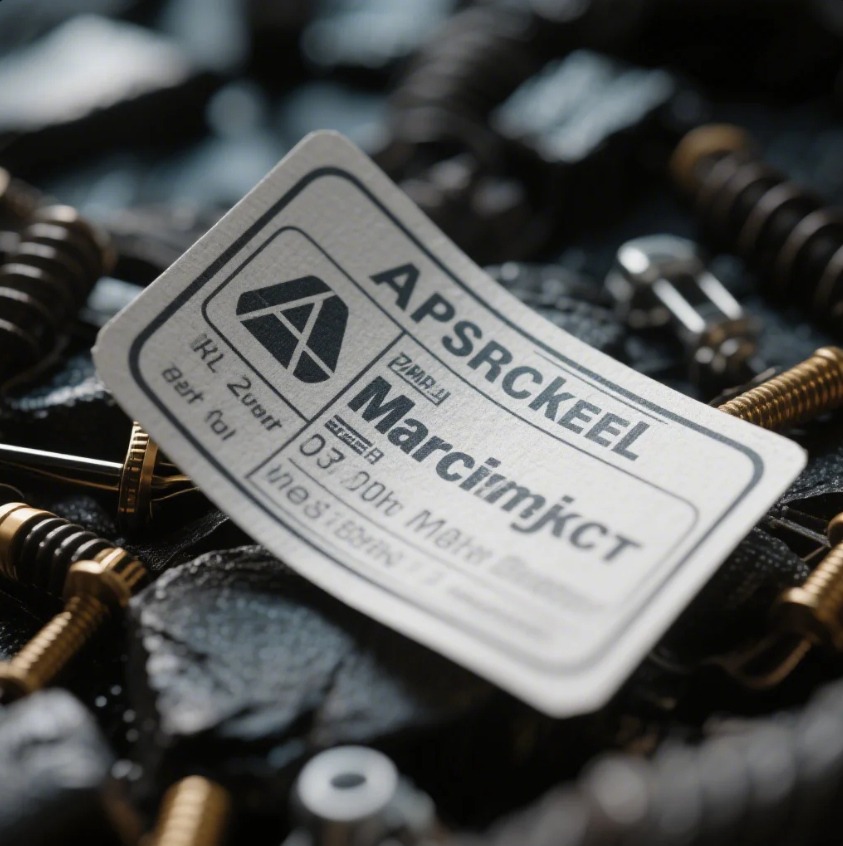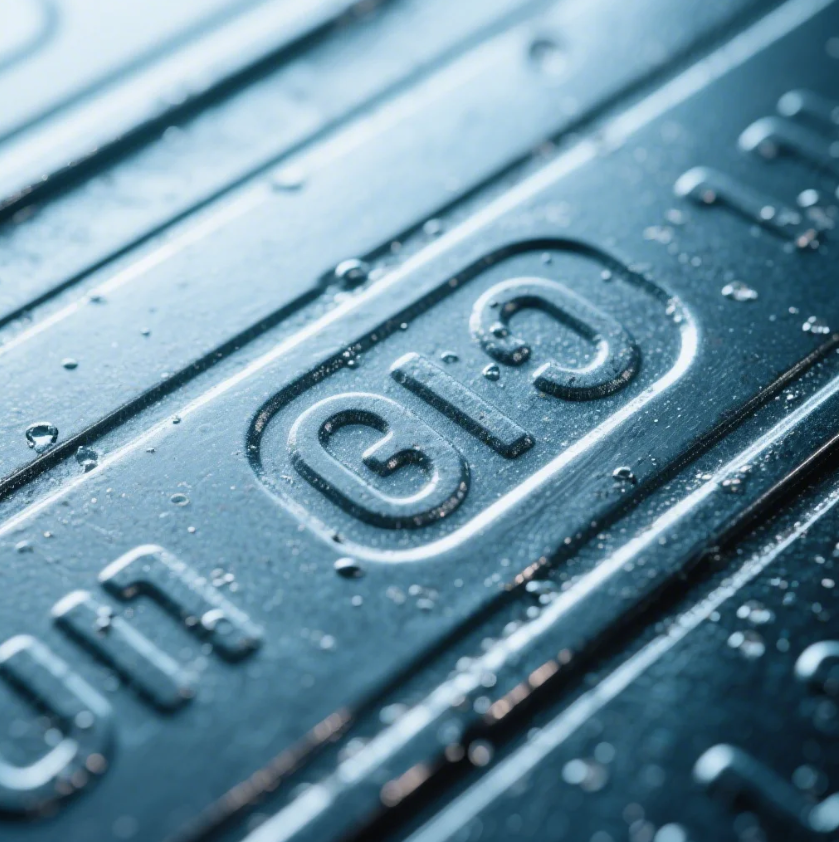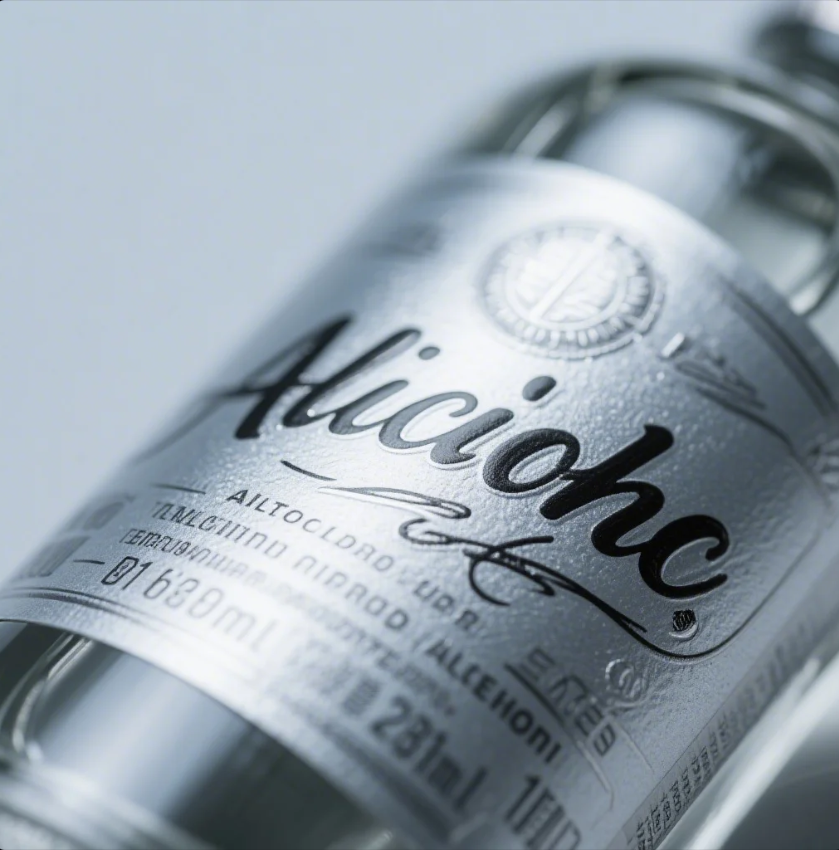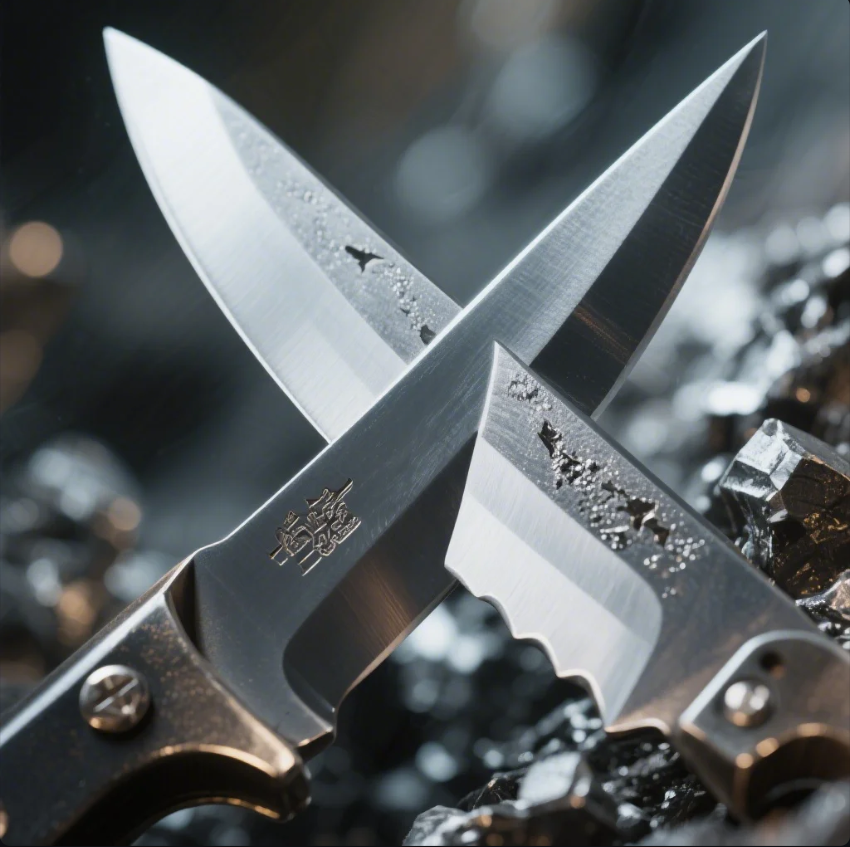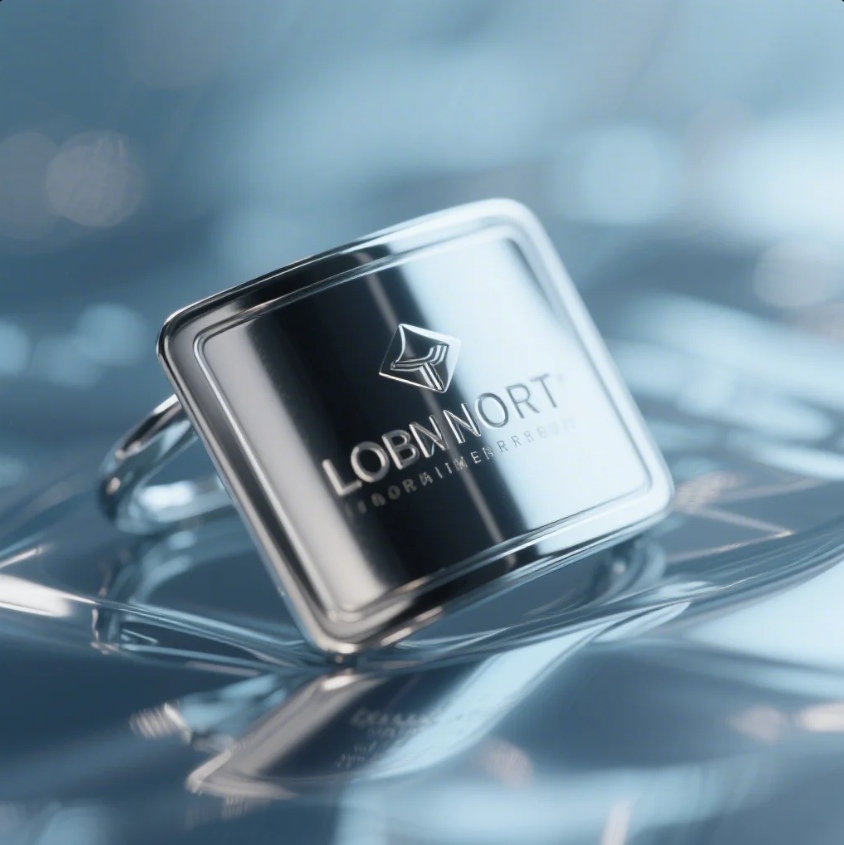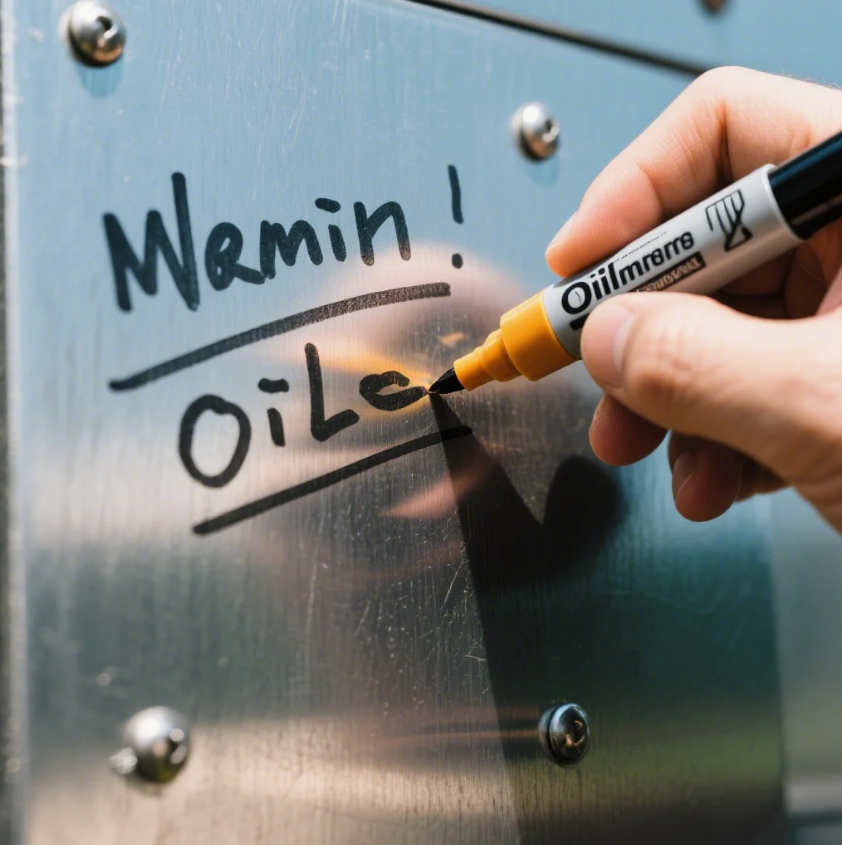TEMPLATE_START
Should You Pull or Push When Welding?
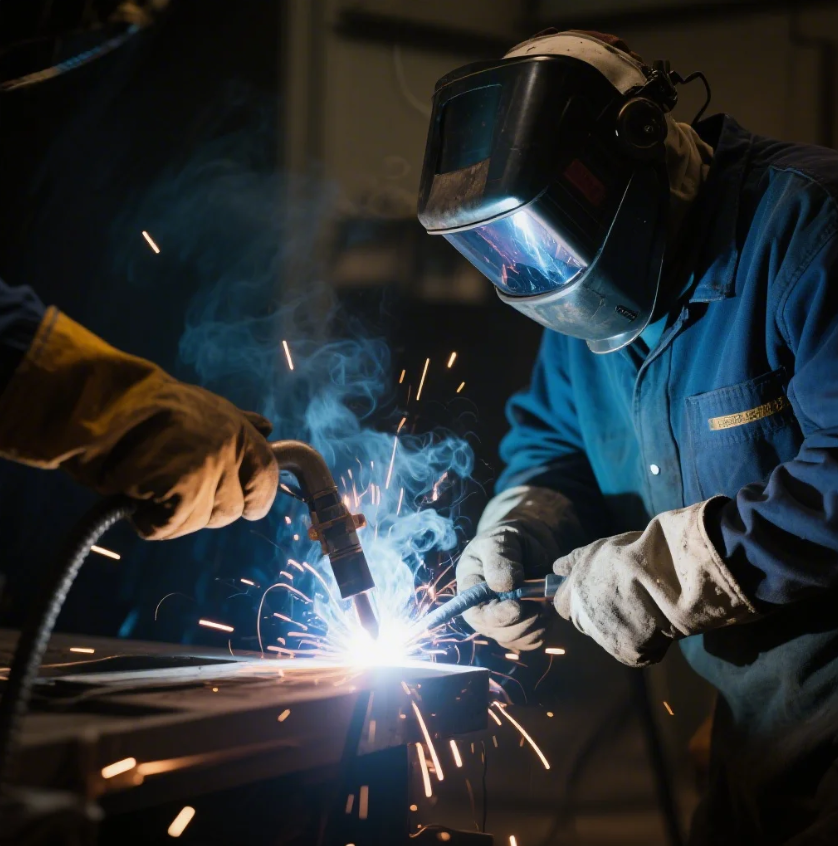
Welding techniques vary, and one common question welders often face is whether to pull or push the welding torch. The answer depends on the type of weld, the material, and the desired results. Understanding when to pull or push will help ensure strong, high-quality welds.
Knowing when to push or pull in welding can significantly impact the quality of your weld. Each method has its advantages depending on the welding process and joint configuration.
Let’s explore the pros and cons of each technique and how it affects the final weld.
Should You Push or Pull When Welding?
The decision to push or pull when welding depends largely on the type of weld and the welder's technique. Each method has its specific applications that can affect the final weld’s strength, appearance, and overall quality.
Pushing the torch tends to provide cleaner welds with smoother beads, while pulling is often used for deeper penetration. The choice depends on the circumstances.
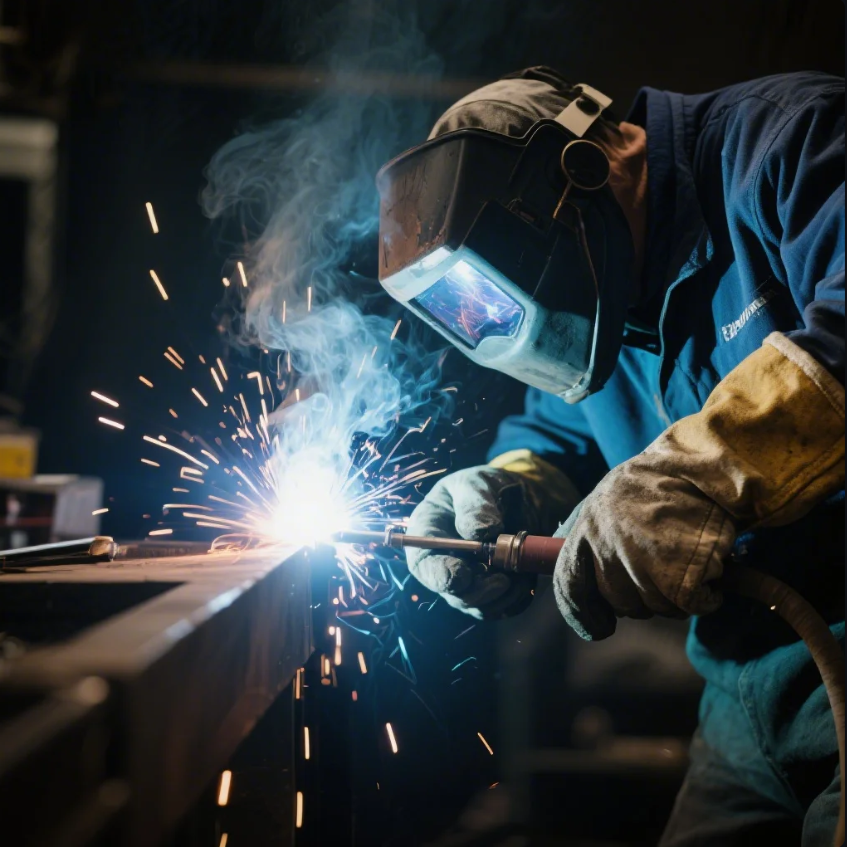
Dive-Deeper: The Difference Between Pushing and Pulling
When welding, pushing the torch means moving it away from the direction of the weld pool. This is common for overhead or flat position welds, and it tends to leave a smoother, more aesthetic weld with a cleaner finish. On the other hand, pulling the torch (moving it towards the weld pool) is used for better penetration, especially in thicker materials or fillet welds.
Advantages of Pushing:
- Cleaner and smoother bead
- Ideal for thin materials
- More aesthetically pleasing
Advantages of Pulling:
- Deeper penetration
- Better for thicker materials
- Suitable for vertical or overhead welding
When deciding whether to push or pull, it’s essential to consider the material thickness, welding position, and desired appearance. For thinner metals, pushing typically results in a more visually appealing weld. For thicker metals or when deeper penetration is needed, pulling is usually the better choice.
What Is the Number 1 Rule in Welding?
In welding, the most crucial rule is safety. Welding can be dangerous, and without proper precautions, it can lead to severe injuries or health issues. Always prioritize safety by wearing protective gear, working in well-ventilated areas, and following the correct welding procedures.
The number one rule in welding is to always prioritize safety by using the right protective equipment and working carefully.
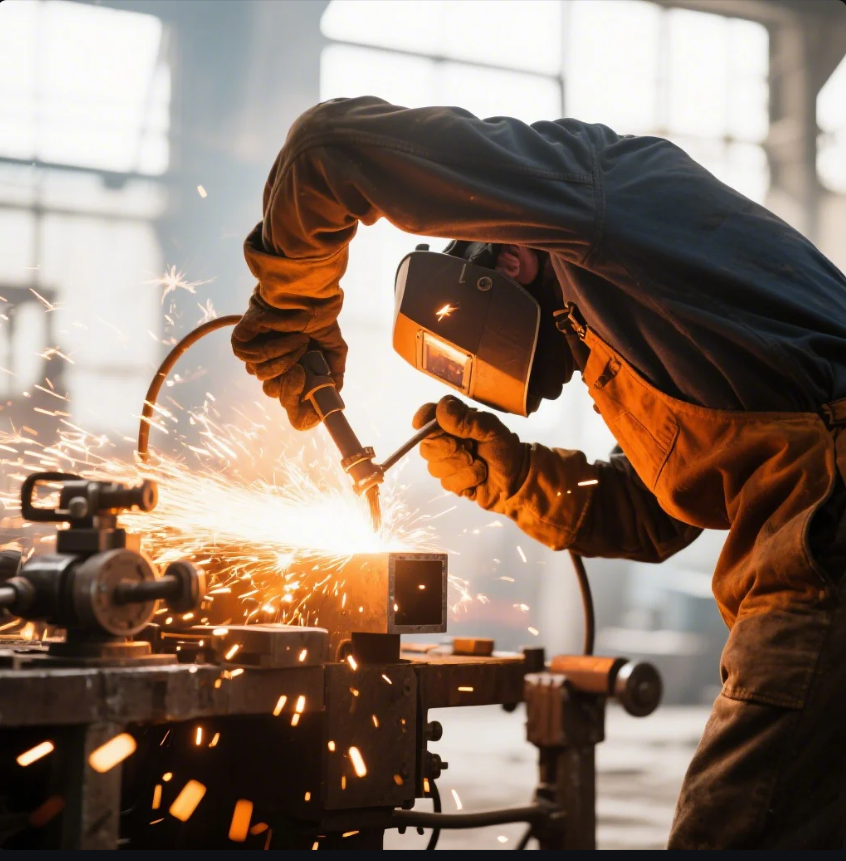
Dive-Deeper: Safety Comes First in Welding
Welding produces intense heat and can expose workers to harmful fumes, UV radiation, and molten metal. Wearing the correct gear, such as a welding helmet, gloves, protective clothing, and proper ventilation, can significantly reduce the risk of injuries.
Essential Safety Gear:
| Equipment | Purpose |
|---|---|
| Welding Helmet | Protects eyes and face from UV radiation and sparks |
| Gloves | Protect hands from heat and sparks |
| Protective Clothing | Shields skin from burns and intense heat |
| Respirators | Protects against inhaling hazardous fumes |
Before starting any welding task, ensure you have the proper safety measures in place. This will prevent accidents and ensure that your welding process is both safe and effective.
What Is the Pull Push Rule in Welding?
The pull-push rule refers to the technique of alternating between pushing and pulling the welding torch to control the shape and penetration of the weld. It’s a method used to balance the need for both a smooth, aesthetically pleasing weld and strong, deep penetration.
The pull-push rule helps welders adapt their technique to achieve the best weld possible by alternating between pushing and pulling to suit the material and welding position.

Dive-Deeper: How to Use the Pull-Push Rule Effectively
The pull-push rule isn’t a strict set of instructions, but rather a guide that welders can adjust based on the specifics of each job. When welding in flat or overhead positions, pushing the torch might be the best method for a clean bead. However, when deeper penetration is required, such as on thicker materials, pulling the torch will typically deliver better results.
How to Apply the Pull-Push Rule:
| Situation | Recommended Technique | Why It Works |
|---|---|---|
| Thin Materials | Push the torch | Results in a smooth, aesthetically pleasing bead |
| Thick Materials | Pull the torch | Ensures deeper penetration and strength |
| Overhead Welding | Push the torch | Avoids excess spatter and creates a smooth bead |
| Vertical Welding | Pull the torch | Provides stronger penetration and control |
By understanding the dynamics of the pull-push technique, you can adjust your approach to achieve the desired results, whether it's for strength, penetration, or appearance.
What Motion Do You Use When Welding?
The motion you use when welding depends on the welding position, the type of joint, and the desired outcome. The most common welding motions are the straight line, circular, and weave motions, each providing different benefits based on the specific requirements of the project.
The motion you use when welding influences the bead shape, penetration, and overall strength of the weld. Choosing the correct motion is critical for achieving optimal results.

Dive-Deeper: Different Types of Welding Motions
When performing a weld, you have a few options for how to move the torch. The most common motions include:
- Straight Line: For consistent beads, often used for fillet or butt welds.
- Circular Motion: Provides a wider bead and can help when filling larger gaps.
- Weaving: Used for larger welds to fill gaps and create a more uniform bead.
Motion Applications:
| Motion Type | Application | When to Use |
|---|---|---|
| Straight Line | Creates smooth, uniform beads | Ideal for thin materials or precision work |
| Circular Motion | Provides wider beads | Best for larger gaps or flat positions |
| Weaving | Fills gaps and creates even beads | Ideal for thick materials or fillet welds |
Choosing the right motion ensures a consistent and strong weld, helping you achieve a professional result.
Conclusion
Understanding whether to push or pull when welding, knowing the pull-push rule, and applying the right motion are key to producing high-quality welds. By mastering these techniques, you’ll improve the strength, appearance, and durability of your welds.
For more detailed advice on welding and precision welding parts, contact Prime today. We offer over 20 years of expertise and ISO-certified products to ensure the highest quality for your industrial projects. Get in touch for a quote or customized solution today!
TEMPLATE_END

